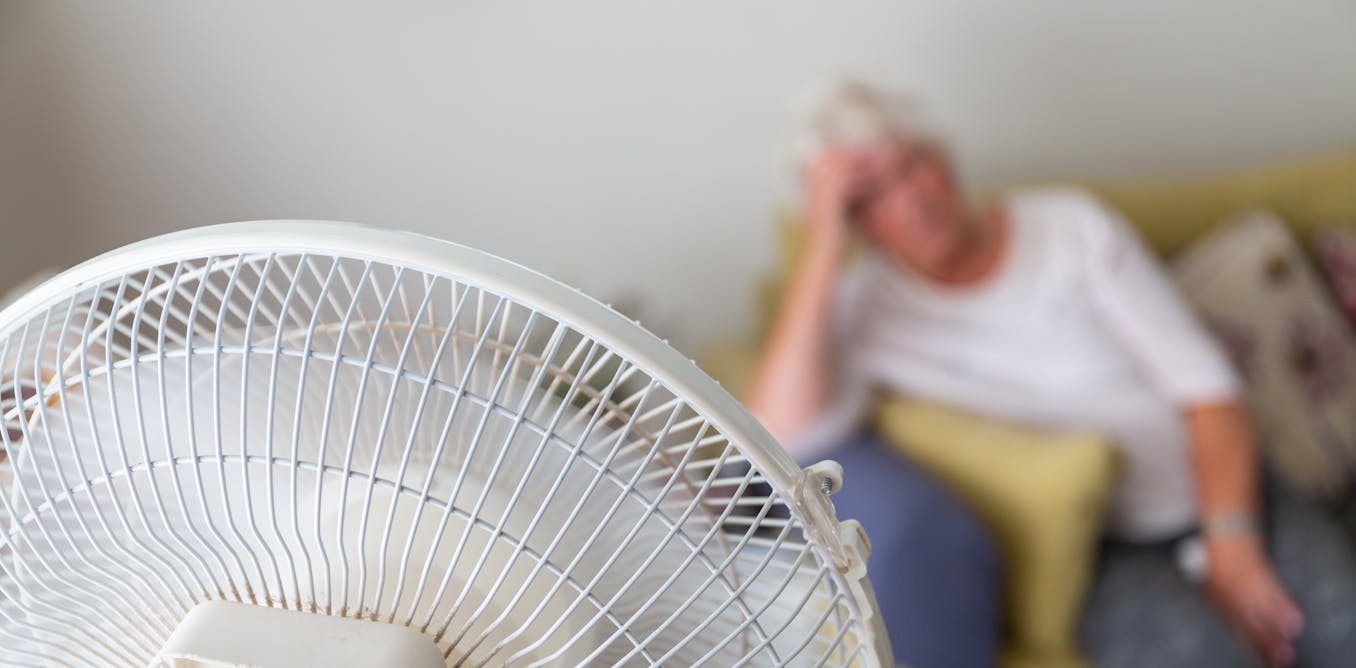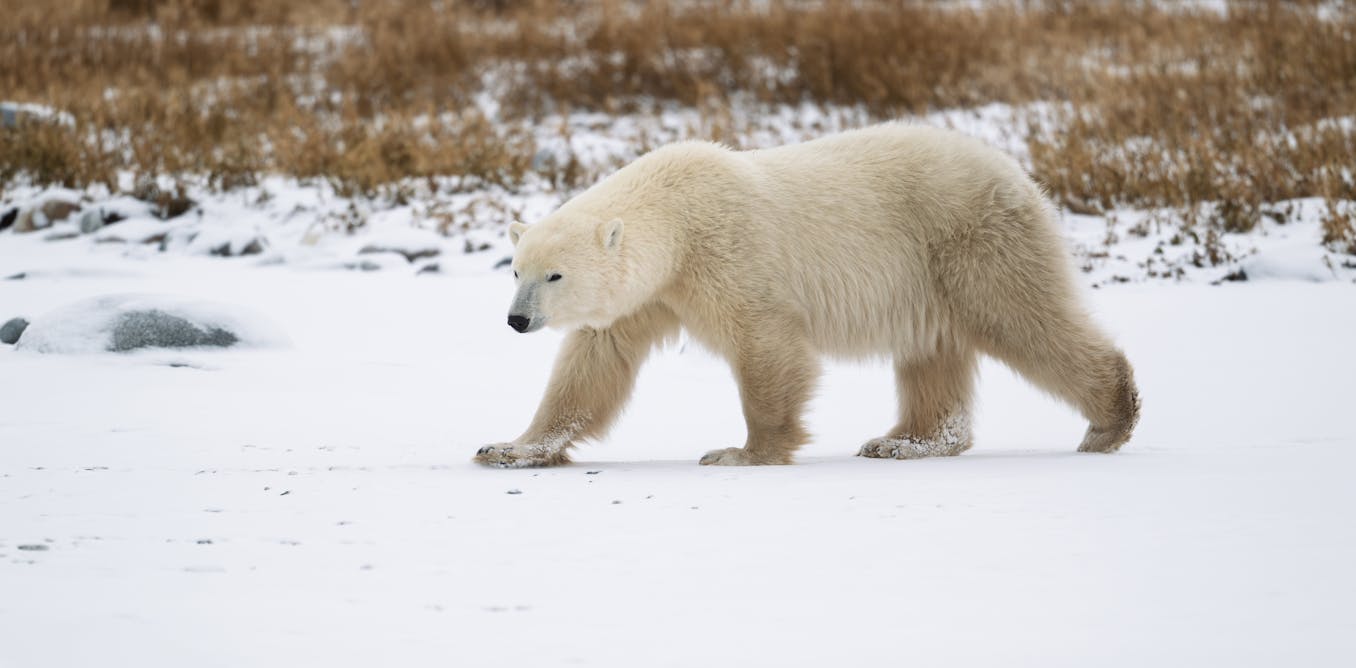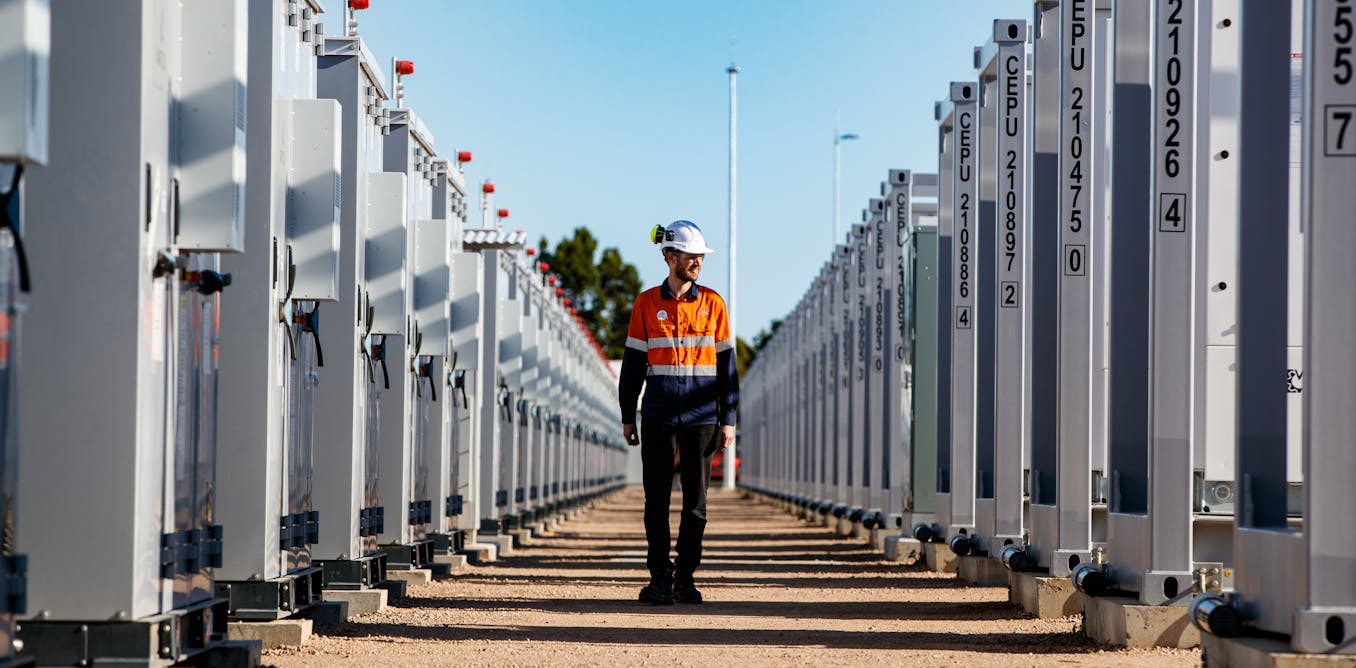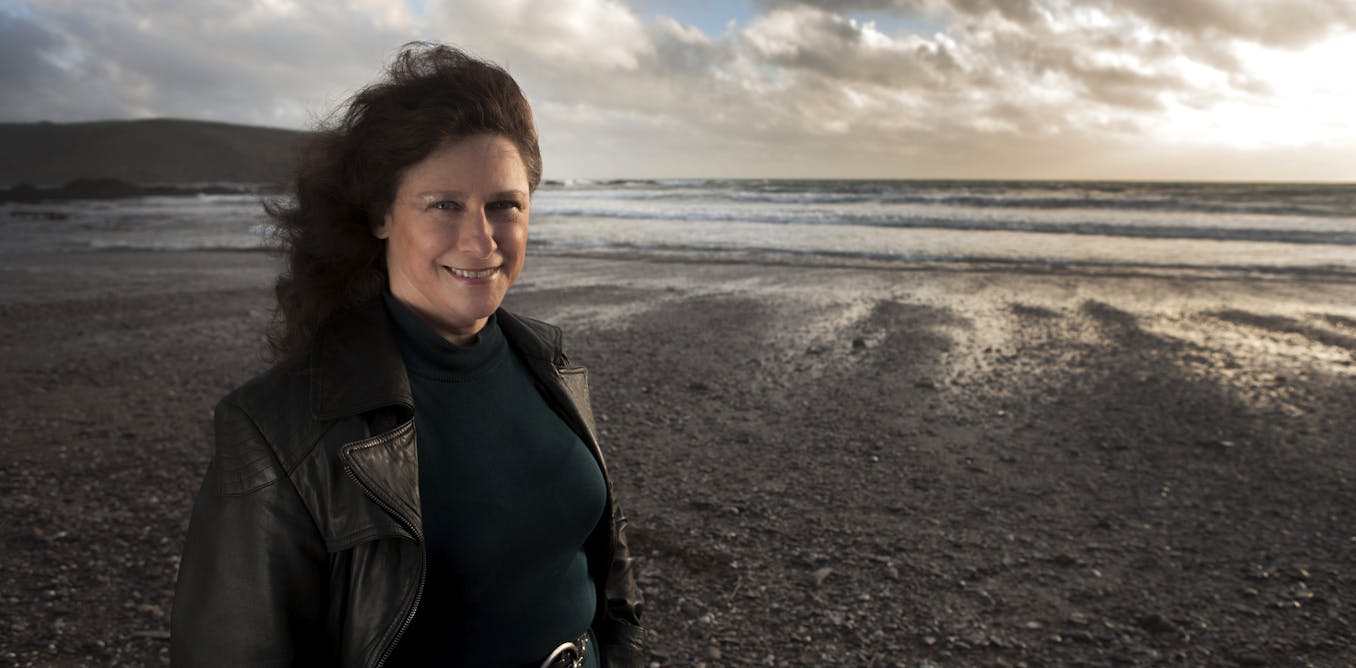Extreme heat is a silent killer.
From time to time, we hear about shocking cases of football players and other athletes who die suddenly while exerting themselves on hot days. Those deaths are certainly tragic, but statistically they are very rare.
Most deaths from extreme heat are in older people, who frequently die alone inside their homes. They often die slowly, as the heat creeps up to and sometimes past body temperature, especially when heat domes park themselves over cities and keep the temperature high all day and all night. When such deaths happen, they rarely make the news.
Of all the climate change disasters our world is already experiencing, heat is the top killer, as the World Meteorological Organization reported. The planet was more than 1.5 C above the pre-industrial baseline for 12 consecutive months from July 2023 to June 2024. In July this year, we saw the hottest three days ever on record, prompting a special statement from United Nations Secretary-General Antonio Guterres.
Health risks and heat
(Shutterstock)
Our bodies are made to dump excess heat when we are too warm, but that process goes into reverse when the air is warmer than our core temperature. Our other main defence, sweating, doesn’t help when humidity saturates the air, making it impossible for our own moisture to evaporate.
For the frail and elderly, who are more likely to be labouring with heart troubles, COPD or other challenges, simply sitting still in a heat wave requires an effort equivalent to walking on a treadmill. The effort is not great, but it is steady and relentless. It exhausts the body, sometimes to the point of no return.
Tracking heat-related deaths is challenging, and it’s changing as authorities become more aware of heat as a contributing or underlying factor to deaths by other causes. A paper published by the American Journal of Public Health points out that the 1995 heat wave in Chicago likely contributed to hundreds more deaths than had first been attributed to heat itself.
Who is at risk?
Many people lack air conditioning or a way to get to a place that has it, such as a library, recreation centre or shopping mall. As a result, too many people in cities are forced to endure long waves of heat — waves that are occurring more frequently, lasting longer, and reaching higher temperatures — in a trend that appears set to continue getting worse.
Air conditioning, once a luxury that drew people to summertime movie theatres on hot nights, has become a necessity. Increasingly, it is also a legal requirement, as cities pass bylaws requiring landlords not to allow the temperature in their tenants’ quarters to rise above a certain level. Toronto has such a bylaw for rental units that have air conditioning available, capping indoor temps at 26 C between June 2 and Sept. 14.

(M. Sergeant and L. Zvereva)
Such laws recognize the vulnerability of tenants who lack control over the temperature in their rental units, making heat death an especially urban tragedy, as confirmed in a recent Statistics Canada study between 2000 and 2020. Deaths from extreme heat were more likely in cities with a higher percentage of renter households.
During a single week-long heat wave in June 2021 — the year after the period captured in the Statistics Canada study — B.C.’s chief coroner found that 570 people died from heat-related causes — 79 per cent of them were seniors.
Taking action at the community level
From this Global North perspective, the community members who are most likely to die from extreme heat included:
- Those over 65
- Those with more than one chronic condition (including hypertension, mental health, diabetes, heart disease, lung disease)
- Socially disadvantaged populations in our communities
- Those with mobility issues
- Those experiencing social isolation (living alone)
- Tenants with lack of air conditioning
- Those living in an urban heat island
This problem is not going away.

THE CANADIAN PRESS/Frank Gunn
Some of the actions we can take to protect our most vulnerable community members include:
- Increase awareness that excessive heat is not merely uncomfortable, but dangerous.
- Make sure people are warned about impending heat waves.
- Advocate for everyone to have access to air conditioning.
- Check on and support people who live alone, especially those with no air conditioning.
- Invite people over if you have air conditioning, or help them get to community cooling stations.
- Help vulnerable people who do not have air conditioning to improvise, by freezing wet cloths, for example, to take out and hang around their necks. Doing this, especially with a fan blowing, can be surprisingly effective.
- Learn and share the warning signs of heat-related illness.
- Make sure they drink plenty of water and other replenishing fluids.
While we must do our best to limit climate change to keep our planet from getting ever hotter, we must also make every effort to protect the vulnerable from the impacts of the heat that is already here.

The post “Who dies in a heat wave? How to help protect the vulnerable in our communities” by Myles David Sergeant, Assistant Clinical Professor, Department of Family Medicine, McMaster University was published on 08/18/2024 by theconversation.com




































Leave a Reply